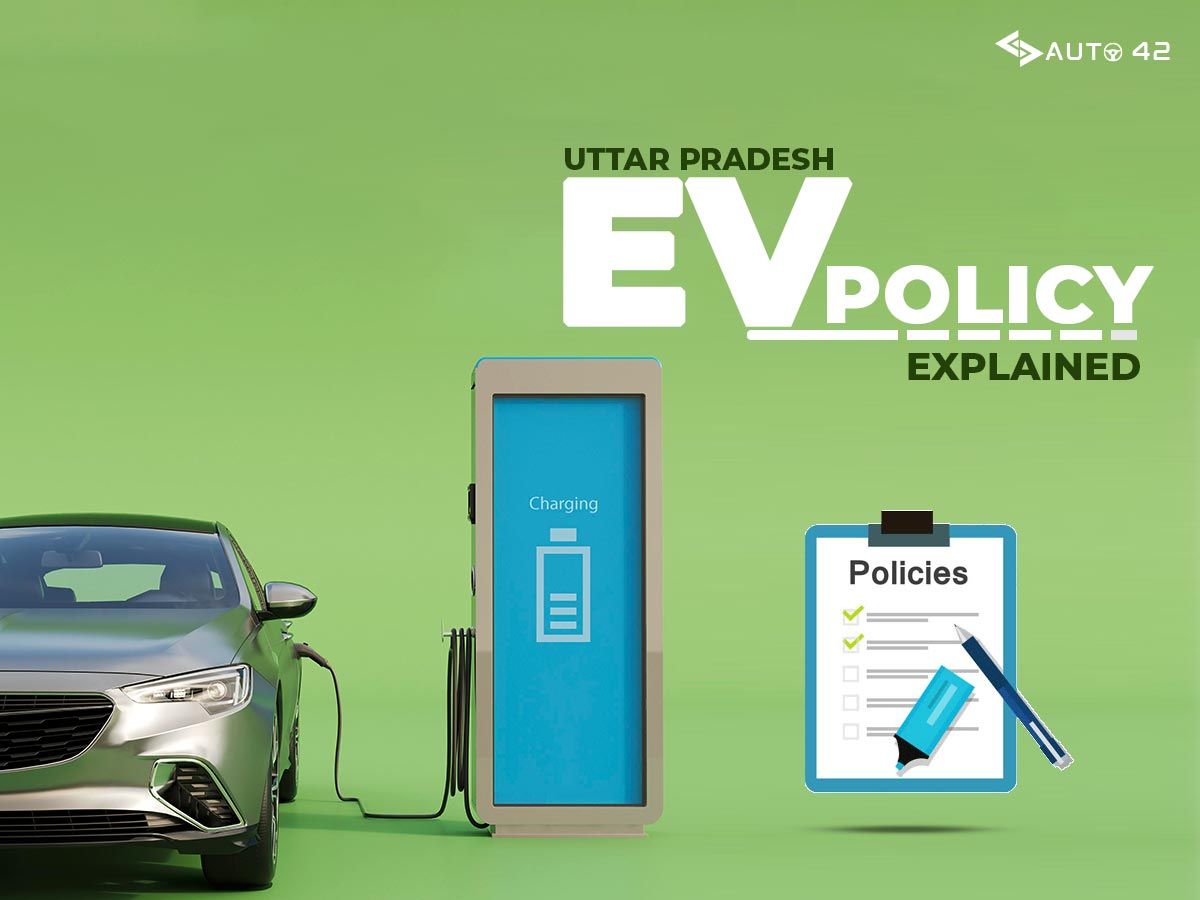The new “Uttar Pradesh Electric Vehicle Manufacturing and Mobility Policy 2022” aims at promoting faster adoption of EVs, enhancing the charging infrastructure, and attracting investments in the state
With electric mobility now getting significant demand in the country, many states in India are rolling out interesting updates for buyers to promote the sales of electric cars and bikes in the market. Having said this, Uttar Pradesh also released a set of incentives for the buyers and EV adopters in the state and here are all the detail about the recently rolled out “Uttar Pradesh Electric Vehicle Manufacturing and Mobility Policy 2022” that you should check out if you are also planning to buy a new electric vehicle in UP.
UP EV Policy 2022 Explained
– The new EV buyers will get a 15% subsidy on the ex-showroom price by the Government Of Uttar Pradesh (UP). It is however worth noting that there is a maximum cap of up to Rs 5,000 for electric 2-wheelers, up to Rs 12,000 for electric 3-wheelers, up to Rs 1 lakh for electric 4-wheelers and good carriers and up to Rs 20 lakh for electric buses. Furthermore, it is also stated that these subsidies will be provided for a specified number of EVs, which is 2 lakh for electric 2-wheelers, 50,000 for 3-wheelers, 25000 for electric cars, 400 for e-buses and 1000 for electric good carriers.
Also Read: Hero Vida Electric Scooter Launch In India Soon – Details!
– For the buyers purchasing EVs without a battery pack, only 50% of the admissible subsidy will be provided.
– In addition to this, the buyers will also enjoy a 100 per cent exemption on vehicle registration fees and road taxes but it is worth noting that this waiver on road tax will be valid for three years from the effective date of this EV policy. It is however worth noting that this exemption will be extended for two additional years if the electric vehicle is manufactured in UP.
Also Read: Mahindra XUV400 Vs Tata Nexon EV Max – Detailed Spec Comparison
– For those wondering, the buyers will continue to benefit from the central government’s FAME II incentives, which provide a subsidy of Rs 10,000 per kWh battery capacity with a maximum limit of up to Rs 1.5 lakh for electric cars and Rs 15,000/kWh with a maximum limit of 40 per cent of the vehicle for electric two-wheelers, along with tax benefits for the first time EV buyers.
– The State Government Employees will be allowed an advance by the state to purchase new electric vehicles.
Also Read: Upcoming Cars Under Rs 15 Lakh In India – Everything You Should Know!
Ecosystem Support
– The Government of Uttar Pradesh (UP) shall induce demand for EVs in the region by encouraging the shift of public transportation to non-ICE-based vehicles and promoting faster adoption of EVs in the state, particularly in the urban areas.
– Furthermore, Government institutions, Public Sector Undertakings (PSUs), and private companies shall be urged to establish Centres of Excellence (CoE) in the area of EV/ Battery/ Charging to facilitate R&D, testing, technology acquisition and other facilities to support the EV ecosystem, including non-fossil fuel-based mobility solutions. Five such CoEs will also be incentivized with a 50 per cent grant of the project costs up to Rs 10 crores each.
Also Read: Tata Tiago EV Test Drives To Start From December – Details
– The Government of Uttar Pradesh (UP) will also promote retro-fitted electric vehicles certified by ARAI/iCAT or any other recognized institutions.
– The vehicles used by Government departments will also be shifted to all-electric by 2030.
– To boost local manufacturing, the UP Government is offering a capital subsidy of 30 per cent with a maximum limit of Rs 500 crore per project. This grant will be obtainable to two projects having an investment of Rs 1,500 crore or more. Also, the manufacturing plant will need to have at least 1GWh production capacity.
Also Read: BYD Atto 3 vs MG ZS EV – Which One Should You Pick?
Strengthening EV-Compitable Infrastructure
– The Government will also promote the development of such stations every 25 km along Expressways/ Highways. It with also promoted charging and battery swapping facilities in public parking spaces, metro stations, bus depots, fuel pumps, government offices, corporate buildings, educational and health institutes, shopping malls, and other commercial areas, group housing societies and RWAs, gram sabha land, etc.
– The Government will also provide a subsidy of up to Rs 10 lakh per station for the first 2,000 EV charging stations. In addition to this, a total subsidy of up top Rs 5 lakh per station will also be granted to the first 1000 battery swapping centres.
Also Read: Honda Prologue Electric SUV Makes Global Debut – All Details
Before you go, do not forget to subscribe to our official Auto42 Youtube channel.

